THERE’S NO way to sugar-coat it — the 2019 federal election didn’t deliver the outcome we’d hoped for climate action. But we’re here to remind you that it’s not all doom and gloom, and it’s going to be ok — so long as we turn this momentary feeling of defeat into a productive force for action. We need to harness the powerful wave of momentum we have built over the past few months and come back stronger than ever.
If we take a moment to look around us, there are many reasons to feel inspired and hopeful for our future and the climate. Here are our top six reasons for hope, to get you started:
1. Climate change was a top election issue and now it cannot be ignored.
Within a matter of days after the Coalition’s election victory, party members were already being questioned on the federal climate change policy, and we intend to keep this pressure on high. Despite the election results, over 80% of Australian voters want more government action on climate change (ABC Vote Compass), which means the Coalition have a lot of work to do. Climate change is now at the forefront of the conversation, which is something we ought to celebrate, because we’re not going anywhere.
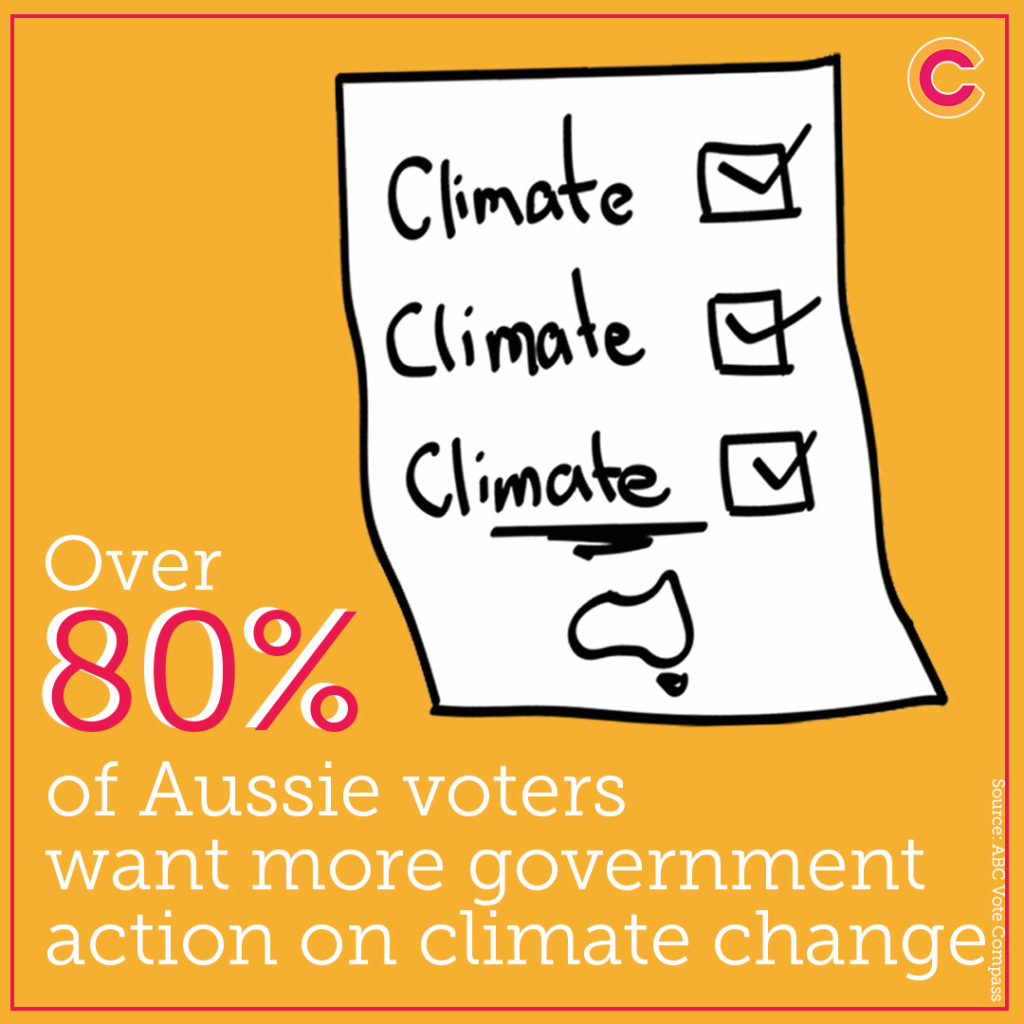
Image Credit: Climate Council
2. The youth are rising
Under the inspirational leadership of 16 year old Swedish school student and Nobel peace prize nominee, Greta Thunberg, students across the globe are protesting inaction on climate change. Over 1.5 million people, in more than 2000 cities and towns in over 100 countries around the world took part in the schools strike for climate on the 15th of March. That number included over 50,000 students in over 60 different locations in Australia alone. These kids are the next generation of policy creators, decision makers and leaders, and their passion for a better future is contagious. The best part? Most of them will be of voting age by the next election.
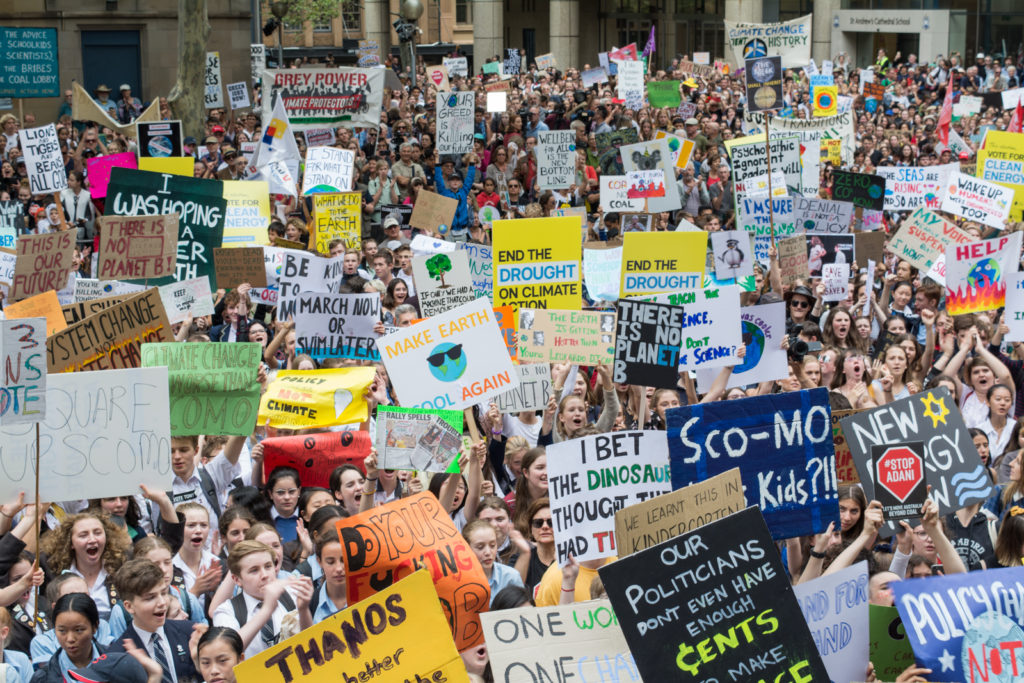 Image Credit: Climate Council
Image Credit: Climate Council
3. Momentum is building around the world
While Australia is lagging behind on the international stage, many other countries are leading the charge. Britain just experienced its first coal-free week since the industrial revolution, and has pledged to phase out coal-fired electricity by 2025. New Zealand has introduced an ambitious bill for net zero carbon emissions by the year 2050. Costa Rica has produced around 95% of its electricity from hydro, geothermal, solar and wind over the past four years.
Here’s a list of 11 countries leading the way with renewables.
Globally, renewables are becoming cheaper and cheaper. The cost of building renewable energy technologies like wind and solar is now competitive with coal and gas power stations in many countries. Renewables like wind and solar are attracting more than twice as much investment than new fossil fuel and nuclear capacity combined. In fact, global investment in coal has plummeted by 75% in three years.
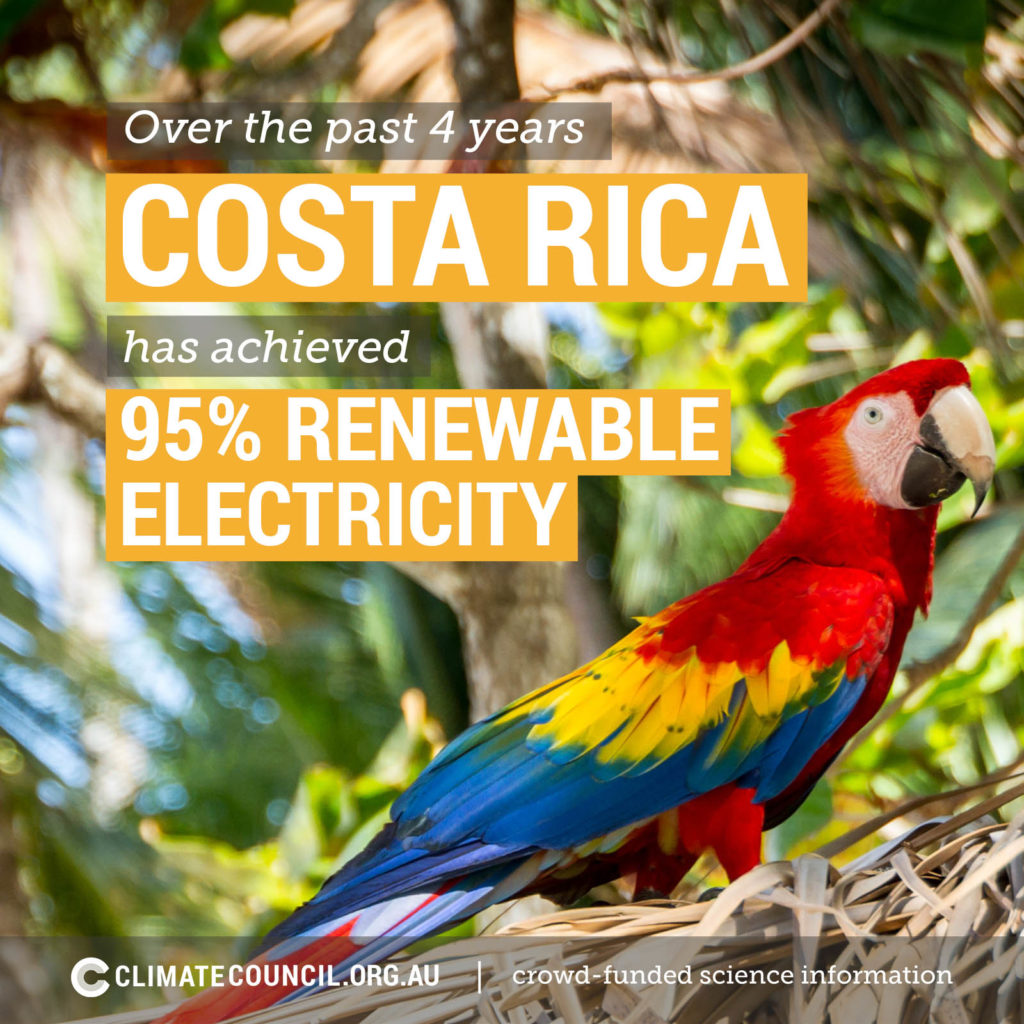 Image Credit: Climate Council
Image Credit: Climate Council
4. Back on home turf, state and territory governments are stepping up
South Australia already generates over 50% of its electricity from renewable energy and is on track to be virtually 100% renewable by 2025. South Australia is also home to one of the largest lithium-ion battery storage systems in the world: the Tesla big battery. In 2018, it created $29 million in revenue and saved consumers around $50 million in grid stabilisation costs, while reducing SA’s dependence on fossil fuels. The state with the highest proportion of renewable energy is Tasmania, where they have already reached net zero emissions, and have targets in place for 100% renewable energy by 2022. The ACT is on track to reach its renewable energy target of 100% by 2020, too. With states and territories continuing to take the lead on renewable energy, the transition to clean power will continue, regardless of what happens at a federal level.
See how Australia’s states stack up when it comes to renewables
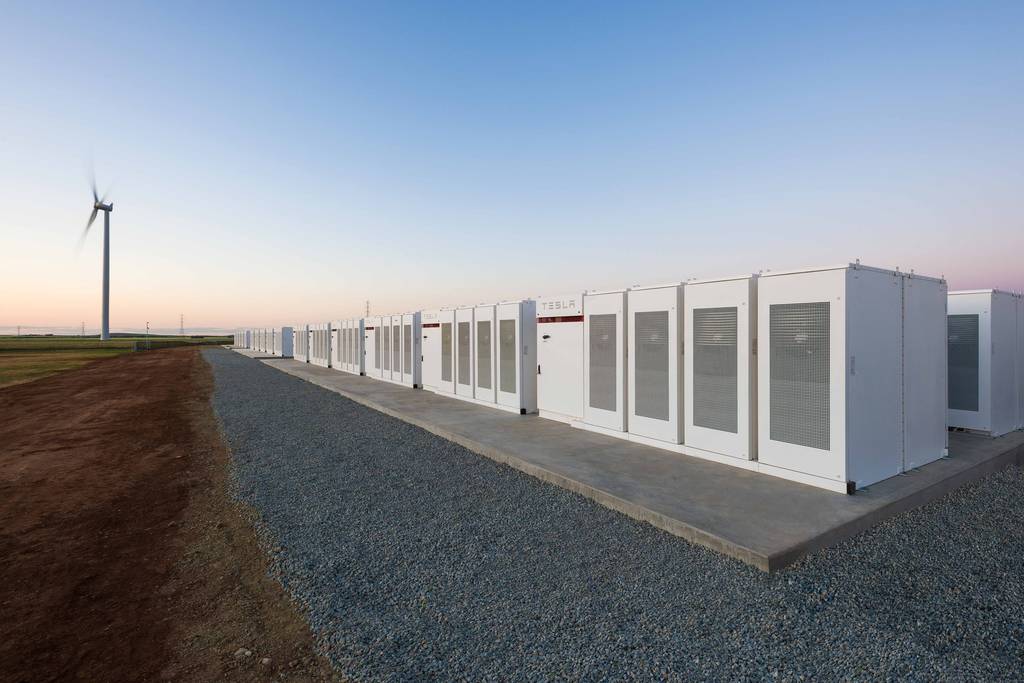 Image Credit: Neoen
Image Credit: Neoen
5. Local communities are banding together and making waves
More than 100 local governments, in over 300 towns and cities representing over 10 million Australians, form what is now the largest climate program for local governments in Australia: the Climate Council’s Cities Power Partnership (CPP). Through the CPP, local councils are committing to driving local solutions on climate change. Hepburn, a town in Victoria, is home to Australia’s first community-owned wind farm, which produced enough clean energy to power over 2000 homes from its two turbines. And Kidston, a former gold mining town in Queensland, is home to the world’s first solar and pumped-hydro project. In the wake of federal climate and energy inaction, local towns and cities are the true trailblazers.
6. Aussie households are also doing their bit
Over two million Australian households have rooftop solar, and this number is increasing rapidly. Just ten years ago, there were only about 85,000 houses with solar. In the March quarter of 2019 alone, Aussie rooftop solar installations surged by almost 50% compared to the same quarter in 2018. Australians are also increasingly prepared to invest in electric vehicles (EVs), with two thirds of us expecting to purchase an EV in the future.
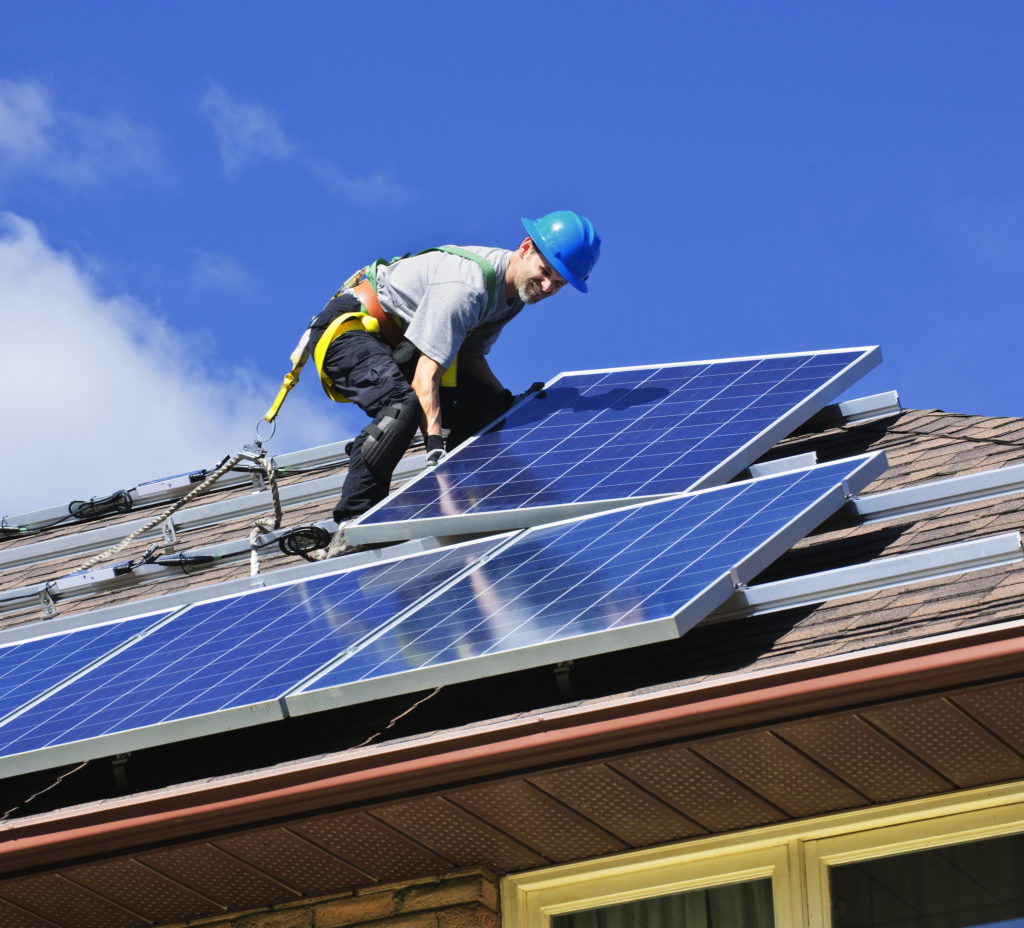 Image Credit: Greens MPs
Image Credit: Greens MPs
At the end of the day, climate change is not a partisan issue. It affects all Australians, in our cities and our regions, across all ages and political persuasions. The science remains the same – we need to reduce our greenhouse gas emissions to net zero emissions by 2050, or preferably much earlier.
It’s true that there’s still a lot of work to be done, but when we stop to acknowledge the incredible projects and innovations already underway, we can’t help but feel inspired.
Together, with the help of our strong community, we will continue pushing for action at all levels of government, compelling our leaders – no matter who they may be – to take strong action on climate change.
If you’re wondering what’s next for the Climate Council, our CEO Amanda McKenzie penned this powerful letter addressing just that.